Activities for Kids with Auditory Processing Disorder
Activities for Kids with Auditory Processing Disorder
Auditory processing activities for speech therapy, Have you ever wondered how quickly our nervous system and brain helps us to understand what we are perceiving and experiencing?
Our ears and auditory nervous system involves in complex processing in order to make our listening easy. To name a few, it helps to know, which direction the sound is coming from [localization], understand speech in the presence of background noise, etc.
When there is difficulty in the neural processing of auditory information, we term it as “Central Auditory Processing Disorder” Consequently, there are many strategies to help children with Auditory Processing Disorder to participate and function better in various situations. The blog Managing a Child with Auditory Processing Disorders explains these strategies in detail.
In line with this, fun games and activities to engage your child to improve auditory skills have been listed below.
Copy cat game
Have two musical instruments [example: drum], one for the child and one for yourself. Let your child listen and play the music the same way as you play the instrument.
What can we teach?
- Listening and differentiating patterns of sound, such as number of beats, loudness, speed of the beat, etc.
Jump high and low
Arrange a play near the stairs, let your child jump up the stairs when loud sound is heard/jump down when soft sound is heard. Therefore we can help the child to appreciate loud and soft intensity sounds
What can we teach?
- Appreciate the difference between loud and soft intensity sounds
What sounds can we use?
- Non-verbal sounds [playing drum, bell, etc]
- Verbal sounds/words [any sounds spoken by the caregiver- animal sounds- “meo”, “bhowbhow”, his/her name, etc]
Guess which animal it is?
Have a fun game with farm animal puppets and farm house. Play or mimic the animal sound. Let your child move the puppet of that animal to the farm house. Auditory processing activities for speech therapy
What can we teach?
- To recognize and identify various animal sounds
Guess who spoke now?
Play blindfold game with the child, let all the family members sit in a circle around him/her. one of them will sing a rhyme, the child has to tell the direction where he heard it from. Further, let the child enjoy singing that rhyme.
What can we teach?
- Localization [direction] of sound, identifying the voice, and identifying the rhyme.
Auditory processing activities for speech therapy
Guess the emotion
Games can be dramatic and entertaining. Say a sentence of a story or any dialogue with different tone. For instance, “I want chocolate!” [Excited tone] Versus “I want chocolate.” [Angry tone]. The child has to pay attention to the modulations and pick up to the picture/emoji card which matches the tone of the sentence.
What can we teach?
- Associate tone of sentences and emotions [questions/happy/sad, etc]
Guess the sound
- Blindfold the child and let him/her have fun listening to environmental sounds made by the caregiver.
- Make different environmental sounds such as Knock the door, drop a glass on the floor, switch on/off the switch, etc
- Child can tell the direction of the sound and identify what was the sound
What can we teach?
This helps child to be aware of different environmental sounds around which is crucial our daily activities
- Alerts us to be cautious about the danger, such as crossing the road [horn sound], and firecracker burst sound [to move away from the place of fire crackers], a phone ringing, etc.
- Makes us aware of what is going on around
- To respond to important situations such as door bell/phone call
- To know the direction of the sound
Other sources of audio sounds for environmental sounds- https://youtu.be/Ii-oNQ2aTmc
Attentive ears
Read a story to your child, let them clap every time a particular word repeats. Example: Clap your hands every time you hear the word “lion” in the story.
What can we teach?
- This will help the child to listen longer sentences attentively and respond when the target word is heard.
- It is also useful in real-life situations such as responding to attendance in a classroom, and others.
What’s next?
During your leisure time with child, start singing a rhyme or narrate a familiar story. Pause in between and wait for the child to complete the rest of the sentence. Enjoy this turn taking singing/narration and motivate child to improve complete the half said sentences.
What can we teach?
- In real life, there are many instances [for example when there is a poor signal on a phone call] we might not hear what others say completely, but we try to infer meaning by completing the sentence ourselves based on previous experience.
- The “what’s next” activity can help to develop this skill [Auditory closure]
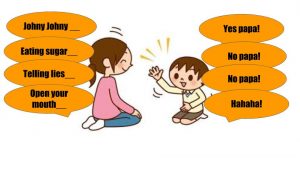 Follow the leader with a blindfold
Follow the leader with a blindfold
Blindfold and engage the child to follow the direction from the leader. Leader will say the steps to pin the parts on the board to make a face. Further, we can add other elements such as dress, hair, glasses etc.
What can we teach?
- For our daily communication, we have to pay attention and listen to complete sentences, remember, and understand the same.
- This activity is motivating child to listen and understand simple/complex sentences to complete the task.
Let me find out where!
Hide the animal model and the phone making the specific animal sounds in any part of the house. Allow the child to catch the animal hiding out of the zoo following the direction of animal sound.
What can we teach?
- Localization of sound and identification of sounds
Simon says
Team is encouraged to memorize three step action sequence said by the lead [Simon]. Whoever completes the action in sequence will win the game.
What can we teach?
Memorizing and understanding long sentences
Noise noise everywhere!
Indulge in activities such as listening to a stories, speaking to someone on a phone call, listen and draw games, etc. with your child. In addition keep the background sounds on, such as keep the radio on/when mixer or grinder is switched on, etc.]. On completion of the task boost your child with good rewards,
What can we teach?
- In real-life situation, different background noises [market multi-talker noise, drilling noise, etc.] affect listening important information.
- For this purpose, we need to train the child to listen and understand in noisy situations.
Learning can be fun!!!
- Activities to Teach Pronouns to Children - April 8, 2021
- Activities for Kids with Auditory Processing Disorder - February 22, 2021
- Coping with Adults with Stroke During COVID-19 - November 10, 2020

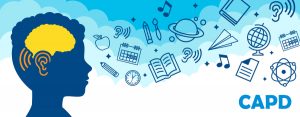


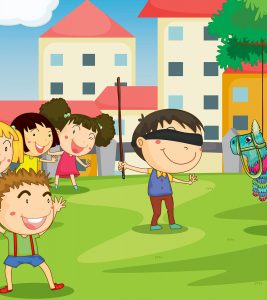
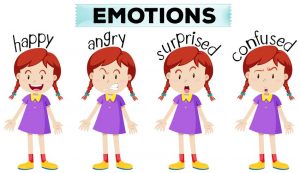
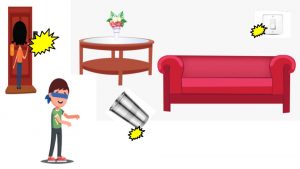
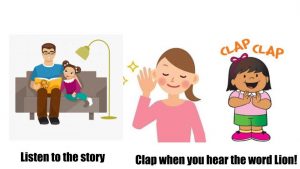
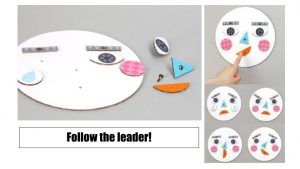
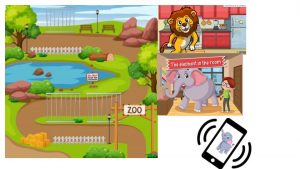

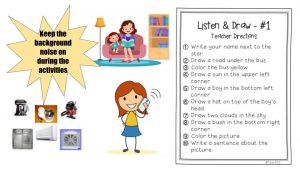
Leave a Comment
(0 Comments)